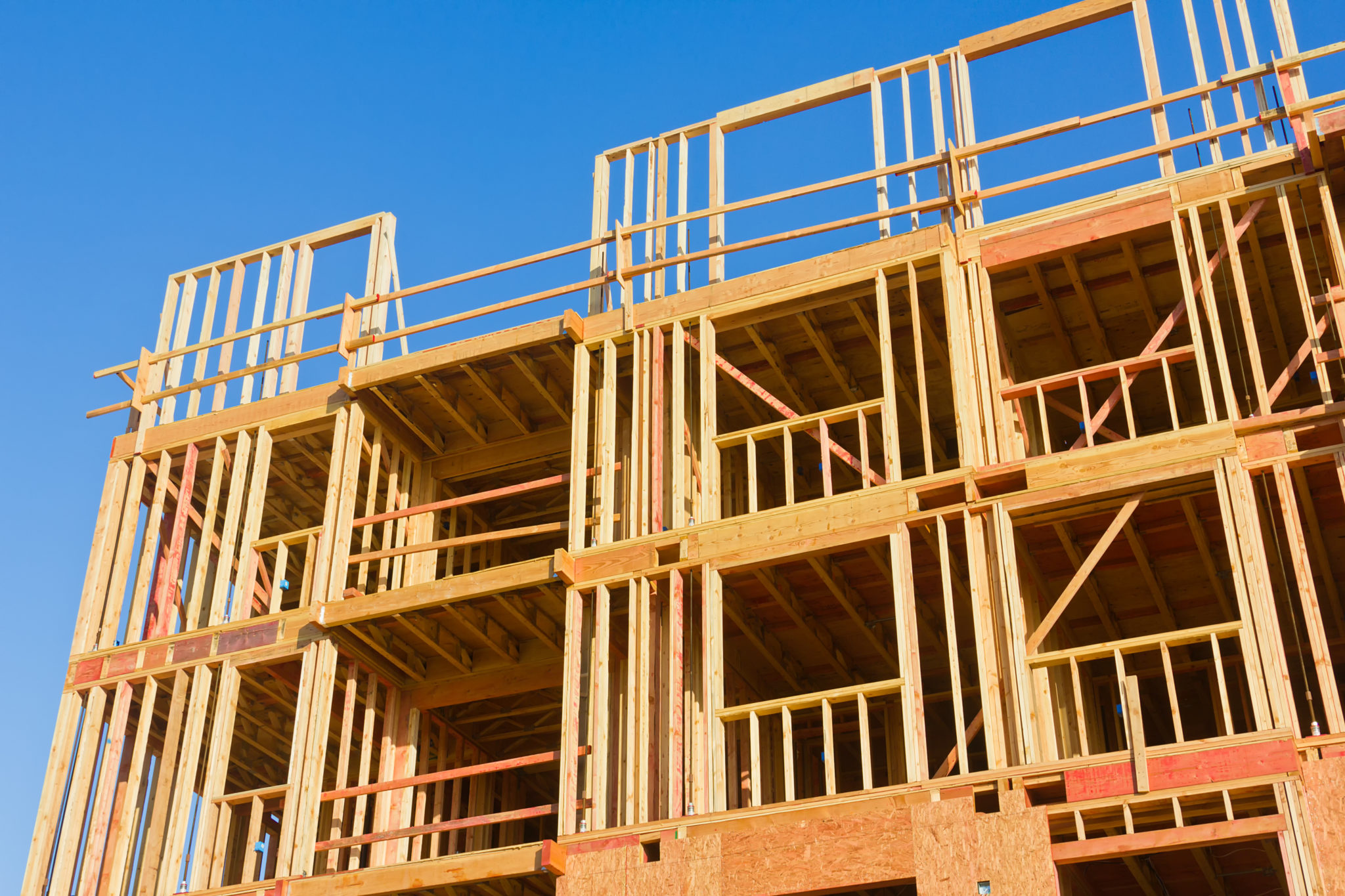Build Safe Live Safe | The Building Safety Bill: who and what does it apply to?
Published on 28th October 2021
As the proposed building safety legislation makes its way through Parliament, we open our new Insights and video series on the Bill with a look at its main components and application

The Building Safety Bill will significantly change the way in which high-rise buildings are designed, constructed, managed and lived in, and will create a single regulatory regime for building safety, improving scrutiny and facilitating enforcement where necessary.
The provisions set out in the Bill will apply to building owners and the built-environment industry, such as those who commission building work and who participate in the design and construction process, including clients, designers and contractors. It will also be of interest more widely, such as to investors, freeholders and insurers.
Legislative focus
The focus of the Bill is on the highest-risk buildings, which include high-rise residential buildings, hospitals, and care homes of at least 18 metres or at least seven storeys. The Bill requires those responsible to evidence, in particular, fire safety measures, as well as the structural safety and associated inspections and maintenance. It's about providing much more detailed information to both the regulator and ultimately the residents.
The Bill establishes three gateways for "in scope" buildings.
- Gateway 1 (planning) has two main elements. Firstly, a fire statement will need to be completed via a new form provided by the Ministry of Housing. This will require information on general principles but also more specific technical complexities. Secondly, it establishes the Health and Safety Executive (HSE) as a consultee. How this will work in practice is still unclear, but the intention is that developers will engage with the HSE much earlier in the planning process to discuss fire safety.
- Gateway 2 (building control) requires the Building Safety Regulator (BSR) to be satisfied that a building’s design meets the functional requirements of the Building Regulations – without this there is a "hard stop" on any construction. Construction duty holders have to submit information to the BSR to demonstrate how the building, once built, will comply with safety requirements.
- Gateway 3 (completion and occupation) requires all documents and information on the final, as-built building to be submitted to the BSR. Gateway 3 is also a hard stop where the BSR will assess the application against applicable requirements of the building regulations, undertake final inspections of the completed building work, and issue a completion certificate on approval. New duty holders will be required at each stage of design, development and occupation, and a "golden thread" of information that links them will become a requirement.
The Bill's effect
The Bill will apply to building owners and the built environment industry, such as those who commission building work and who participate in the design and construction process, including clients, designers and contractors. It will also be of wider interest to investors, freeholders and insurers.
The proposed legislation introduces new requirements for safety cases to enable occupation of the building, ongoing requirements to manage and evidence building safety backed by criminal accountability. The potential cost of works and the implications of not carrying them out are significant such that they should pique the interest of all who may be linked in some capacity to the particular building.
Industry response
The Bill is in the parliamentary committee stage and, as such, will be subject to change before it passes into law, which is likely to be late 2022 or early 2023. However, expectations may shift more quickly and the industry is required by its stakeholders to do more now – in effect, the industry may take action in response to commercial pressure rather than wait for the legal requirement.
In general terms, the overall direction of travel is towards much tighter regulation, including a requirement to produce evidence of safety measures to a regulator. Ensuring that all information about a building is comprehensively collated will help avoid future difficulties and challenges. There are new roles and duties that will need to be understood by those that take on these roles or contract with others that do – and there will be a need to know that obligations are being discharged.
OC comment
The new gateway process will lead to changes in the way that building contracts are procured and drafted. Delays can be expected and preparations will need to be made for how this will be costed. Presently, there are too few fire experts available to undertake the required reviews of documentation and the regulator is likely to be overwhelmed. These delays and related costs are unlikely to be passed back to the regulator and t will have to be absorbed by employers and contractors.
The increased scrutiny is likely to reveal issues in existing buildings and lead to a demand for a higher safety threshold for those being built. This will raise further questions about who will be responsible for the remediation work and will likely require increased specification.
This insight accompanies the first video in our Building Safe Live Safe series on issues arising from this major change to building safety regulation. In the next video and Insight in the series, the Building Safety Team will focus on the new roles created by the Bill and how these are likely to be discharged.



